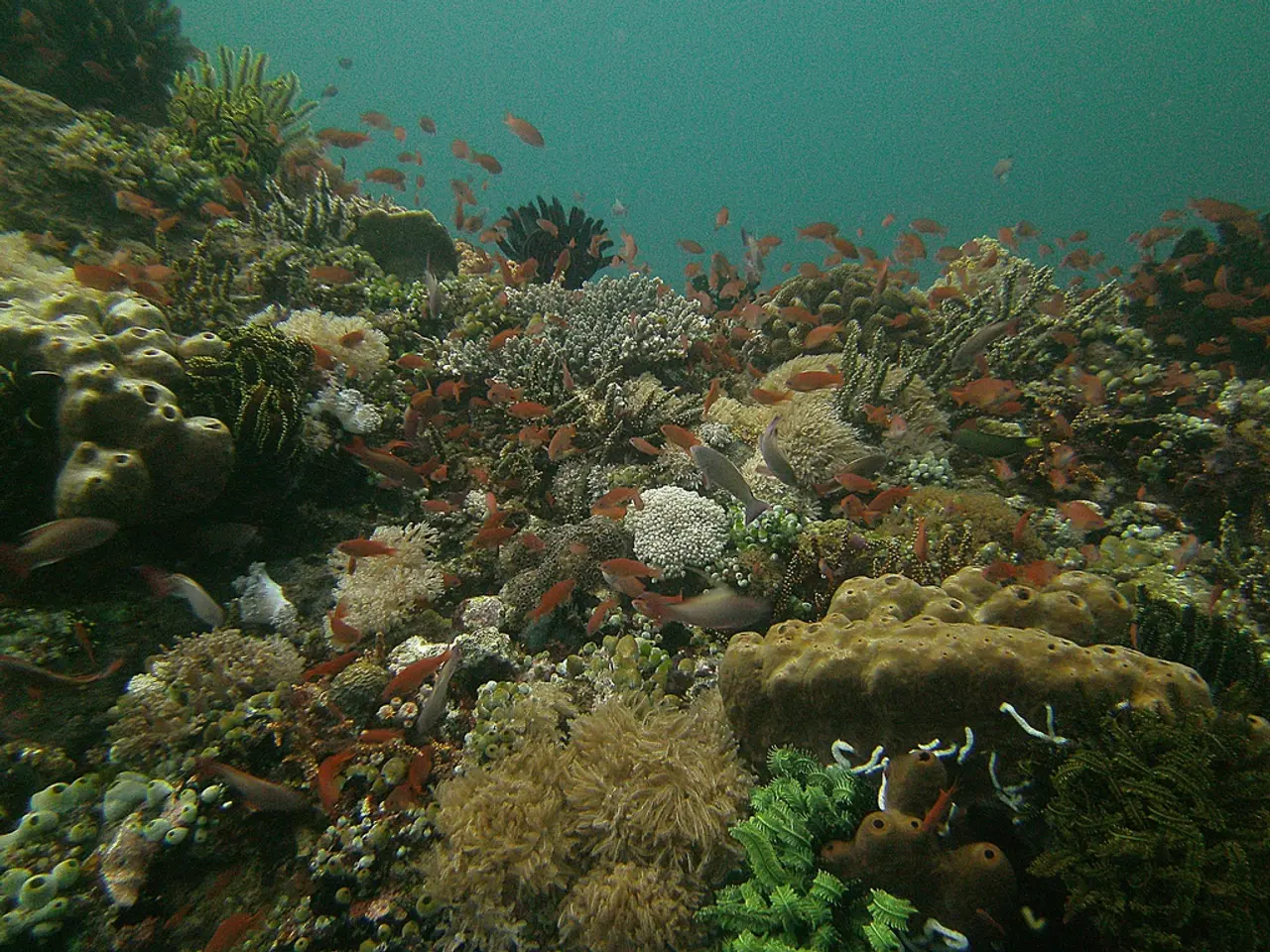Island of Tristan da Cunha Establishes Marine Protection Zone, Spanning Area Equivalent to United Kingdom Threefold
Tristan da Cunha Establishes Massive Marine Protected Area
The remote island of Tristan da Cunha, located in the South Atlantic, is set to establish a massive marine protected area (MPA) that will span nearly 700,000 square kilometres. This move will make it the fourth largest completely protected marine area in the world and the largest in the Atlantic.
The new MPA will be a "no-take zone," banning fishing, mining, and other extractive activities. This decision comes as part of the UK's Blue Belt Programme, which aims to protect nearly 7 million square kilometres of marine ecosystems around the world. Under the protection of this programme, Tristan da Cunha will receive more resources for patrolling its waters for illegal fishing activity.
The marine protected area around Tristan da Cunha will protect foraging grounds for tens of millions of seabirds, including the endangered yellow-nosed albatross and Atlantic petrel, as well as rockhopper penguins and other birds. The island also serves as a critical nursery for blue sharks and sevengill sharks.
The creation of this MPA is a testament to the Tristan da Cunha community's commitment to conservation. More than half their territory is already declared protected on land. The collaboration between the Tristan da Cunha and UK governments, and various conservation groups, including The Royal Society for the Protection of Birds and National Geographic's Society's Pristine Seas initiative, led to the creation of the new sanctuary.
Experts see MPAs as a silver bullet for conservation. A study found that MPAs worldwide protect food supplies by producing larger catch yields. Fisheries that are left undisturbed can produce a "spillover" effect, in which an abundance of fish from a protected area spills over into fishing hotspots. Expanding the current network of protected areas by just 5% could boost global fish catch by at least 20%, according to another study.
However, the contrast between the small community's leadership in protecting their waters and the less-than-superb record of protecting domestic marine habitats in the UK is noted. All but two of Britain's offshore MPAs are being bottom trawled, according to an investigation by the Guardian. The RSPB's head of UK overseas territories, Jonathan Hall, has called for more attention to protecting UK waters.
The UK government will be responsible for the long-term monitoring and enforcement of the MPA. This move will partially meet the UK's target of protecting 30% of the world's oceans by 2030. The organization involved in the collaboration for the establishment of the marine protected area is not explicitly named in the search results.
Read also:
- Peptide YY (PYY): Exploring its Role in Appetite Suppression, Intestinal Health, and Cognitive Links
- Toddler Health: Rotavirus Signs, Origins, and Potential Complications
- Digestive issues and heart discomfort: Root causes and associated health conditions
- House Infernos: Deadly Hazards Surpassing the Flames




